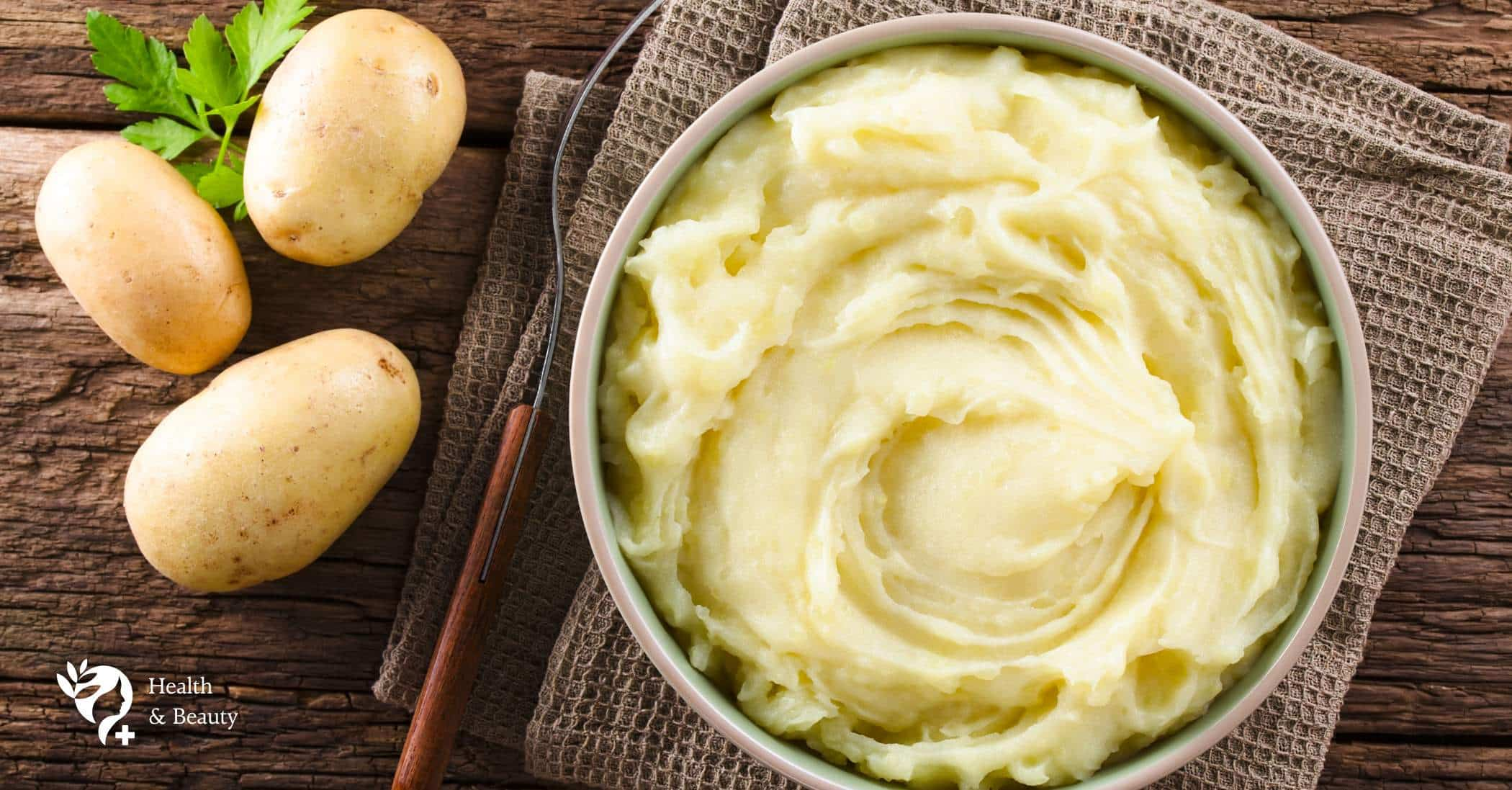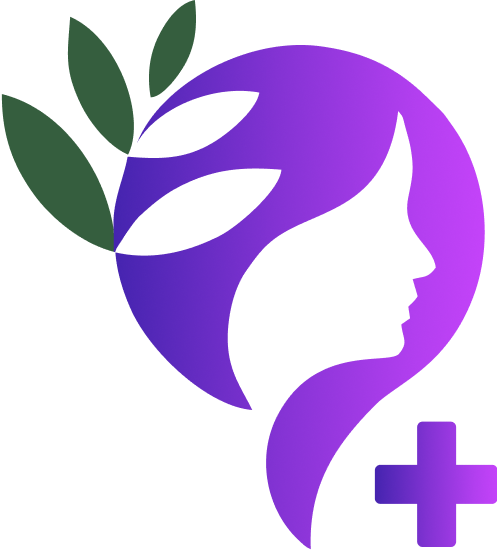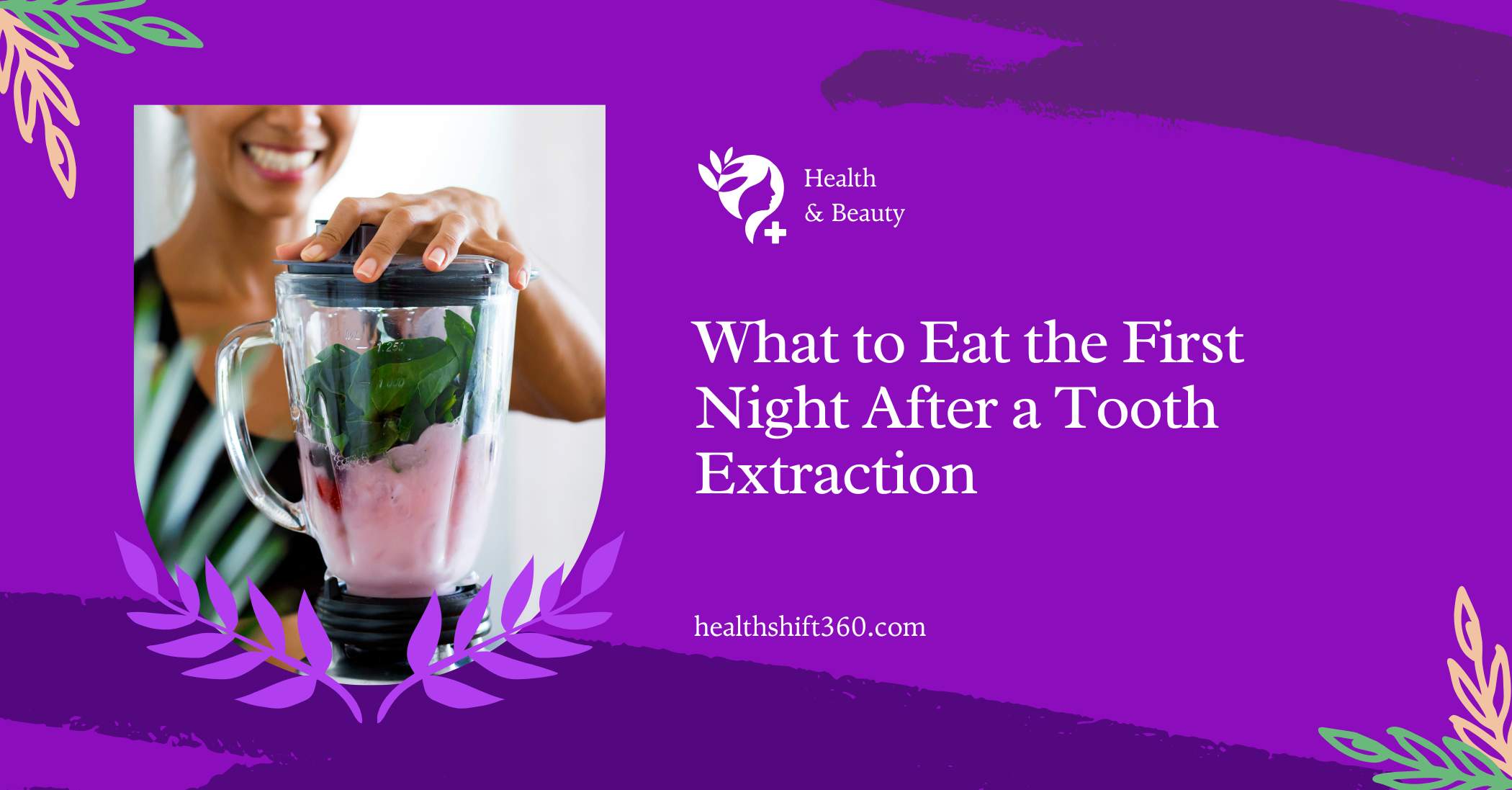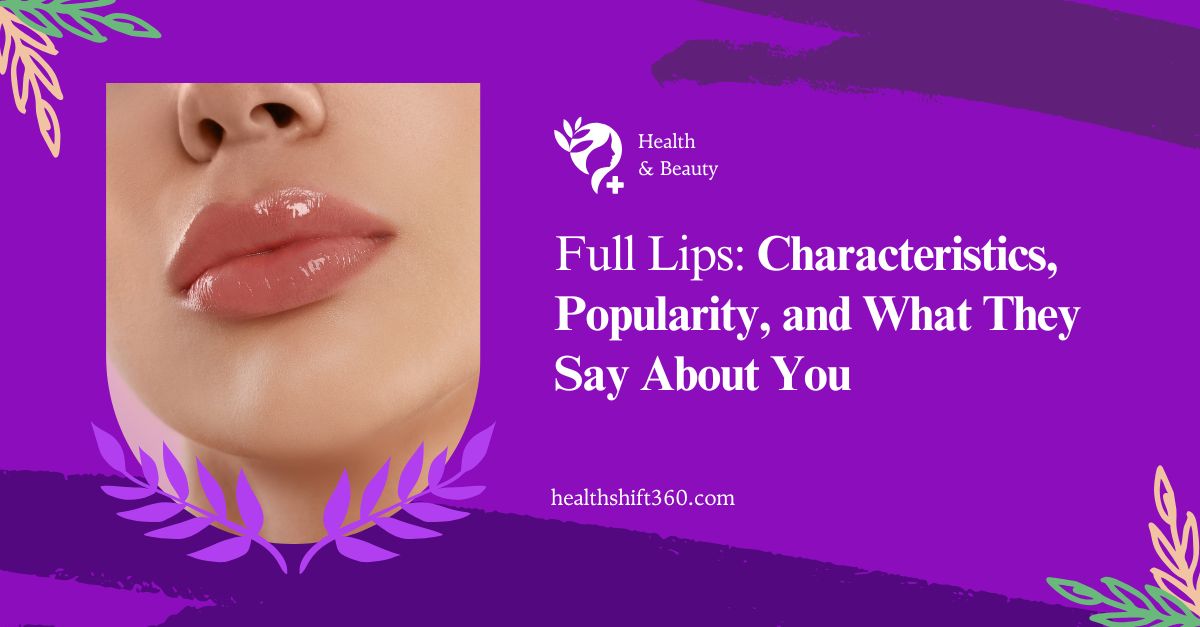Going through an extraction can be unpleasant, especially when considering how to care for yourself afterward. One of the most immediate concerns is, “What to eat first night after tooth extraction?” However, we should accept that choosing the right foods is important to ensure comfort and promote healing during this initial recovery phase.
The good news is choosing the right foods doesn’t have to be stressful. By selecting soft, gentle foods and avoiding anything that could irritate the extraction site, you’re giving your body the best chance to heal smoothly.
This initial phase is about finding comfort and allowing yourself the time to heal without rushing. So don’t worry; you’re not alone in this process—taking small, thoughtful steps like these will help you feel better, physically and emotionally, as you move forward with your recovery.
Post-Extraction Healing: Why What You Eat Matters
After a tooth extraction, your body begins the healing process, and proper nutrition plays a pivotal role. Consuming appropriate foods can help in reducing discomfort, preventing complications, and speeding up recovery.
It is important to choose foods that are gentle on the extraction site. Hard, crunchy, or hot foods can cause irritation or even disrupt the healing process, so it’s best to avoid those in the first few days.
Instead, focus on soft foods after dental surgery that are easy to chew and won’t put pressure on the affected area.

What foods are best to eat on the first night after an extraction?
Are you worried about “what to eat after extraction”? Here are some soft foods that are great for the first night after dental work:
- Mashed Potatoes: Soft and easy to swallow, mashed potatoes provide energy without requiring much chewing.
- Applesauce: Smooth and slightly sweet, applesauce offers vitamins without irritating the extraction site.
- Yogurt: Creamy and rich in probiotics, yogurt can aid digestion and is gentle on your mouth.
- Smoothies (without seeds): Blended fruits can provide essential nutrients. Ensure they’re seedless and consumed with a spoon to avoid dislodging the blood clot.
- Broths and Blended Soups: Warm (not hot) broths and pureed soups offer hydration and nourishment without the need for chewing.
- Scrambled Eggs: Soft and rich in protein, scrambled eggs are easy to eat and nutritious.
- Pudding and Gelatin Desserts: These soft treats can be soothing and easy to consume.
- Oatmeal or Cream of Wheat: Warm cereals provide fiber and are gentle on the mouth.
- Cottage Cheese: Soft and high in protein, cottage cheese is easy to eat.
- Avocado: Mashed avocado offers healthy fats and a creamy texture that’s easy to swallow.
| Food | Benefits |
| Mashed Potatoes | Soft, easy to swallow, and energy-rich without requiring much chewing. |
| Applesauce | Smooth and sweet, providing vitamins without irritating the extraction site. |
| Yogurt | Creamy, rich in probiotics, aids digestion, and is gentle on the mouth. |
| Smoothies (seedless) | Nutrient-packed blended fruits, but ensure seedless and consume with a spoon to avoid issues. |
| Broths & Blended Soups | Warm (not hot) soups offer hydration and nourishment without chewing. |
| Scrambled Eggs | Soft, protein-rich, and easy to eat. |
| Pudding & Gelatin | Soothing and easy-to-consume desserts. |
| Oatmeal or Cream of Wheat | Warm, fiber-rich cereals that are gentle on the mouth. |
| Cottage Cheese | Soft, protein-rich, and easy to eat. |
| Avocado | Mashed avocado provides healthy fats and a creamy texture for easy swallowing. |
These options are part of a post-dental surgery recovery diet designed to minimize irritation and support healing.
What foods should you avoid after a tooth extraction?
This is a key part of tooth extraction recovery tips. Not eating certain things can slow down the healing process, so they should be on your “What not to eat after tooth extraction” list:
- Hard and Crunchy Foods: Items like nuts and chips can disturb the extraction site.
- Spicy Foods: Spices can cause irritation and discomfort.
- Acidic Foods and Beverages: Citrus fruits and tomatoes can sting and delay healing.
- Sticky Foods: Caramel and chewing gum can stick to the extraction site, potentially dislodging the blood clot.
- Very Hot or Cold Foods and Drinks: Extreme temperatures can cause discomfort and may affect the blood clot.
- Alcoholic Beverages: Alcohol can interfere with the healing process and interact negatively with prescribed medications.
| Food Type | Reason to Avoid |
| Hard and Crunchy Foods | Items like nuts and chips can disturb the extraction site and damage the healing tissue. |
| Spicy Foods | Spices can irritate the extraction site, causing discomfort and prolonged healing. |
| Yogurt | Creamy, rich in probiotics, aids digestion, and is gentle on the mouth. |
| Acidic Foods and Beverages | Citrus fruits, tomatoes, and similar foods can sting and delay the healing process. |
| Sticky Foods | Caramel, chewing gum, and other sticky items can dislodge the blood clot or stick to the wound. |
| Very Hot or Cold Foods/Drinks | Extreme temperatures can cause discomfort and potentially disrupt the blood clot. |
| Alcoholic Beverages | Alcohol can interfere with healing and negatively interact with prescribed medications. |
Importance of Food Temperature and Texture
The temperature and texture of your food are crucial considerations:
- Temperature: While eating too-cold food may create sensitivity, eating too-hot food can dissolve the blood clot. Choose products that are room temperature or lukewarm.
- Texture: Soft textures prevent irritation of the extraction site. Foods that require minimal chewing reduce the risk of disturbing the area.
Think of your healing mouth as a delicate surface; just as you’d avoid rough materials on sensitive skin, choose gentle foods to protect your extraction site.

Advice on Staying Hydrated and What to Drink
Staying hydrated is vital for healing:
Water
Sip water throughout the day, even if you’re not thirsty. Keeping a bottle of water with you can make it easier to drink regularly. Staying hydrated helps your body heal faster and more effectively.
Avoid Straws
While it might be tempting to use a straw, it’s best to avoid them in the first few days after your extraction. Using a straw can create suction in your mouth, which can accidentally dislodge the blood clot that’s forming in the extraction site.
This can lead to a painful condition called dry socket, which can slow down your recovery.
Limit Caffeinated and Sugary Drinks
Drinks like coffee, soda, and sugary beverages might be your go-to, but it’s important to limit them after a tooth extraction.
Caffeine and sugar can interfere with your body’s ability to heal and might cause irritation in your mouth. Instead, stick to water or other gentle, non-caffeinated drinks to support your recovery.
3 Simple Tips for Comfortable Eating After a Tooth Extraction
To make eating more comfortable, focus on these critical tips:
1. Chew on the Opposite Side
Whenever possible, try to chew your food on the opposite side of your mouth from the extraction site. This reduces the chances of irritating the healing area and minimizes the risk of putting pressure on the wound.
Be mindful of any discomfort, and adjust as necessary to avoid stress on the affected side.
2. Take Small Bites and Eat Slowly
Eating slowly and taking smaller bites will help prevent large pieces of food from coming into contact with the extraction site.
This minimizes the chance of food getting stuck in the healing area, which could cause pain or infection. Additionally, eating more slowly allows you to be more conscious of how your mouth feels, making it easier to stop if you feel any discomfort.
3. Maintain Oral Hygiene
Keeping your mouth clean after a tooth extraction is essential to prevent infection and promote healing. After meals, gently rinse your mouth with a saltwater solution. This helps to flush away any food particles and bacteria from the extraction area.
However, it’s important to avoid vigorous swishing, as this could dislodge the blood clot that’s forming in the socket. Instead, gently tilt your head and let the solution wash over the area without too much force.
In Closing
Following these dietary rules is very important for getting better after having a tooth pulled. Remember that your body needs time and good food to heal.
If you have any concerns or notice unusual symptoms during your recovery, it’s important to reach out to your dentist as soon as possible.
Whether you’re experiencing unexpected pain, swelling, bleeding, or any other symptoms that seem out of the ordinary, your dentist can provide personalized advice based on your specific situation.




